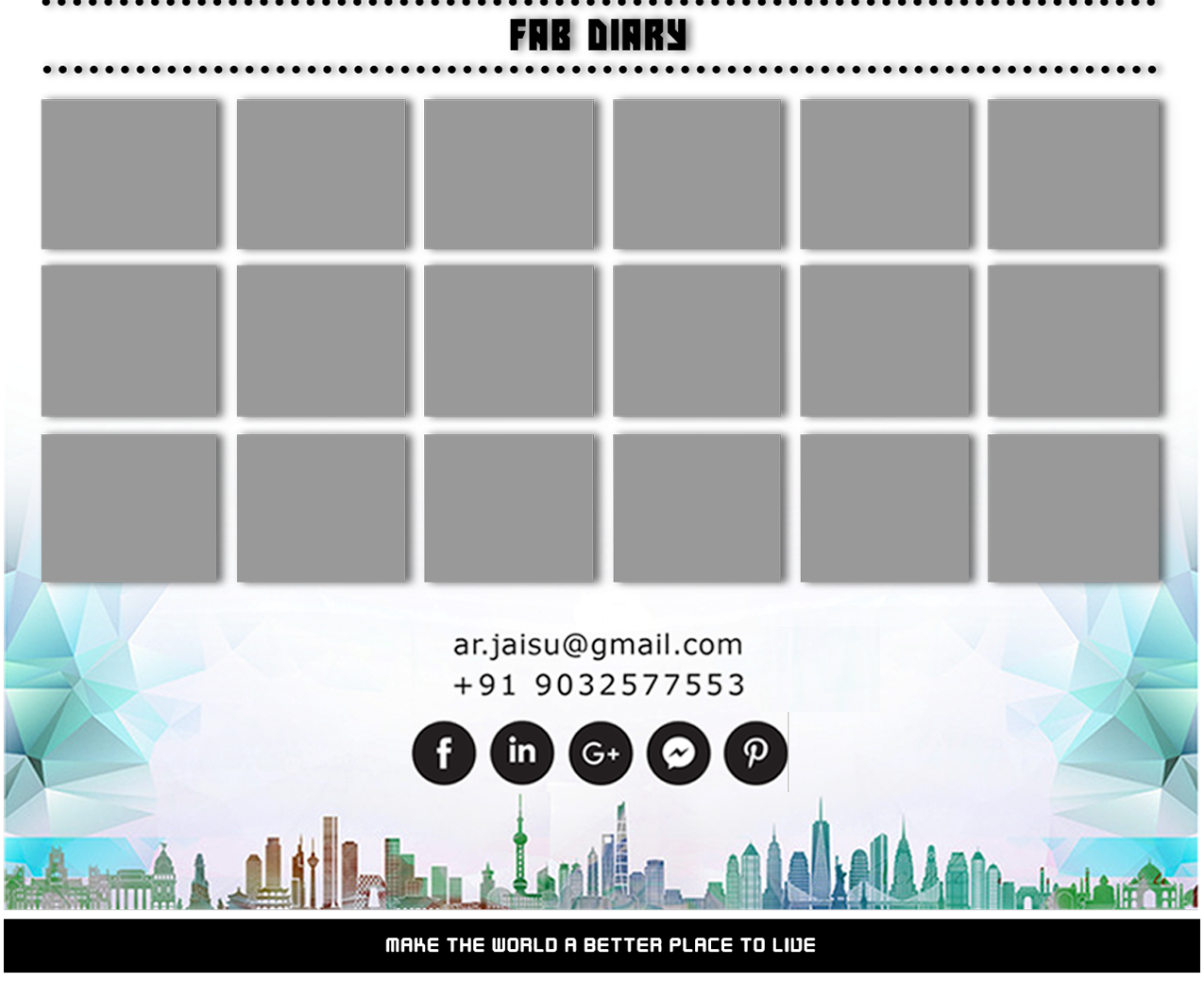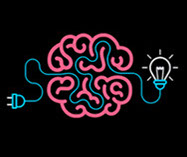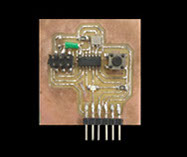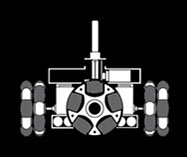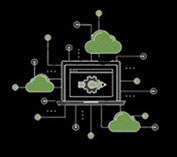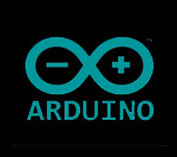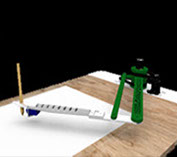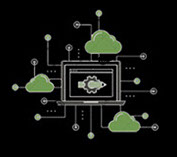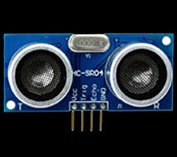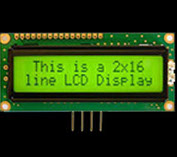W19: Invention, Intellectual Property and Business Models
What is an Invention?
An invention is a research result that potentially can be commercially exploited. The invention can be patented if it meets patent law criteria for patentability. A patent is a form of ownership of the invention (a legal document) that protects the invention and patent holder. It gives the patent holder the right to prevent or allow others to exploit the invention for a limited period, typically 20 years.
What is a Intellectual property?
Intellectual property (IP) is a category of property that includes intangible creations of the human intellect. It refers to creations of the mind, such as inventions; literary and artistic works; designs; and symbols, names and images used in commerce.
IP is protected in law by, for example, patents, copyrights and trademarks, which enable people to earn recognition or financial benefit from what they invent or create. By striking the right balance between the interests of innovators and the wider public interest, the IP system aims to foster an environment in which creativity and innovation can flourish. Intellectual property encompasses two types of rights:
a) Industrial property rights
b) Copyright
Industrial property rights:
Industrial property takes a range of forms, including patents for inventions, industrial designs (aesthetic creations related to the appearance of industrial products), trademarks, service marks, layout-designs of integrated circuits, commercial names and designations, geographical indications and protection against unfair competition. In some cases, aspects of an intellectual creation, although present, are less clearly defined. The object of industrial property consists of signs conveying information, in particular to consumers, regarding the products and services offered on the market. Protection is directed against unauthorized use of such signs that could mislead consumers, and against misleading practices in general.
The 2 most commonly used industrial property rights are;
- Patents
A patent is a form of intellectual property that gives its owner the legal right to exclude others from making, using, selling, and importing an invention for a limited period of years, in exchange for publishing an enabling public disclosure of the invention. In most countries patent rights fall under civil law and the patent holder needs to sue someone infringing the patent in order to enforce his or her rights. In some industries patents are an essential form of competitive advantage; in others they are irrelevant.
- Trademarks
A trademark, is a recognizable sign, design, or expression which identifies products or services of a
particular source from those of others, although trademarks used to identify services are usually called service marks. The trademark owner can be an individual, business organization, or any legal entity. A trademark may be located on a package, a label, a voucher, or on the product itself. For the sake of corporate identity, trademarks are often displayed on company buildings. It is legally recognized as a type of intellectual property.
-Other Intellectual property
Trade secret
A trade secret is a type of intellectual property in the form of a formula, practice, process, design, instrument, pattern, commercial method, or compilation of information not generally known or reasonably ascertainable by others by which a business can obtain an economic advantage over competitors or customers. In some jurisdictions, such secrets are referred to as confidential information.
Contract/NDA
A non-disclosure agreement (NDA) is a legal contract between at least two parties that outlines confidential material, knowledge, or information that the parties wish to share with one another for certain purposes, but wish to restrict access to or by third parties. Doctor–patient confidentiality (physician–patient privilege), attorney–client privilege, priest–penitent privilege, and bank–client confidentiality agreements are examples, often not enshrined in a written contract between the parties.
Copyright:
Copyright is a form of intellectual property that grants the creator of an original creative work an exclusive legal right to determine whether and under what conditions this original work may be copied and used by others, usually for a limited term of years. The exclusive rights are not absolute but limited by limitations and exceptions to copyright law, including fair use. A major limitation on copyright on ideas is that copyright protects only the original expression of ideas, and not the underlying ideas themselves. A copyright is a collection of rights that automatically vest to someone who creates an original work of authorship – like a literary work, songs, movies or software. These rights include the right to reproduce the work, to prepare derivative works, to distribute copies, and to perform and display the work publicly.
Open Source License
An open-source license is a type of license for computer software and other products that allows the source code, blueprint or design to be used, modified and/or shared under defined terms and conditions. This allows end users and commercial companies to review and modify the source code, blueprint or design for their own customization, curiosity or troubleshooting needs.
Open-source licensed software is mostly available free of charge, though this does not necessarily have to be the case. Licenses which only permit non-commercial redistribution or modification of the source code for personal use only are generally not considered as open-source licenses.
However, open-source licenses may have some restrictions, particularly regarding the expression of respect to the origin of software, such as a requirement to preserve the name of the authors and the copyright statement within the code, or a requirement to redistribute the licensed software only under the same license (as in a copyleft license).
One popular set of open-source software licenses are those approved by the Open Source Initiative (OSI) based on their Open Source Definition (OSD).
To learn about types of open source licences I referred following link.
https://opensource.org/licenses
Creative Commons
https://creativecommons.org/
Step 1 : Go to creativecommons.org
Step 2 : Go to 'Share Your Work'.
Step 3 : Scroll down a bit. Read 'Choose a licence' instructions. Click 'Get Started'.
Step 4 : Choose specification that you want under your licence..
Step 5 : Copy the code in the box and paste on your website or code or any digital media.
Now you have Creative Commons licence. You can explore other features on the same website.
Choosing Right Licence
The important thing to know before choosing the licence is that you should know what you want to do with your project/code/design etc. Since my project is inspired and widely used in the fab community, I decided to go with Creative Commons licence. I expect others to use the information and the project file for educational purposes and not for comericalising.
Income
As of now, I am not preparing a business plan out of it. Public can download from the shared platforms and build one of their own.
Sharing Platform:
I will be sharing my project in various platforms like GitLab, Fabcloud, Instructables and Youtube.

